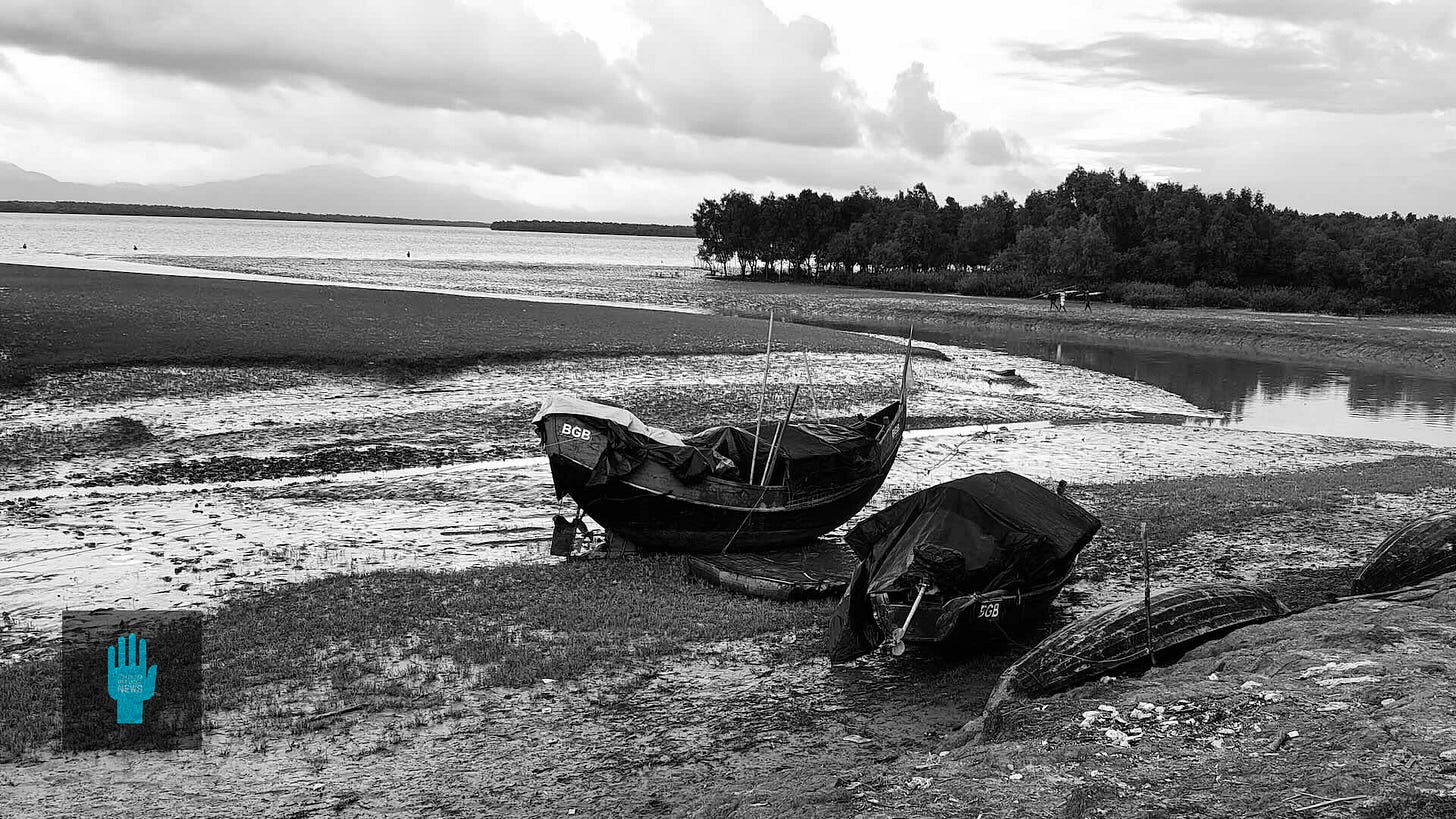Anatomy of a Night-Time Pushback
Fifteen Rohingya reached St Martin’s Island in July. They believed they were hours from reunion with family at Teknaf. After repeated delays and an after-dark arrival, the direction flipped. At around 3 a.m. on 27 August, they were moved back to sea and pushed backed to Myanmar by Border Guard Bangladesh.
Our LSE South Asia Blog essay reconstructs their journey and sets it inside the corridor’s routine: island holding, daytime assurances, night-time transfers. On the Myanmar side, the Arakan Army shapes the route - controlling corridors, taxing crossings, and relying on local boat crews who operate as subcontractors in a stateless frontier economy. The system is administrative, not legal - a choreography that normalises maritime refoulement.
We read this through the lens of surplus: people governed but not protected, counted but not admitted. The same logic runs through biometric-linked rations, movement controls inside the camps, and the relocation to Bhasan Char - an offshore border within the state.
What we describe is not an isolated incident. It is a method that monetises movement on both sides of the line and normalises quiet returns. Read the piece on the LSE blog.
Next up - my take on the formation of the United Council of Rohang. Watch this space.


Well Done